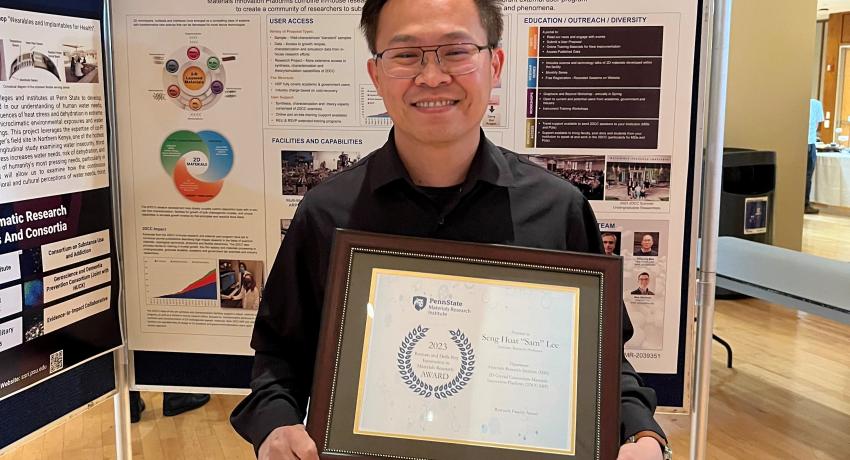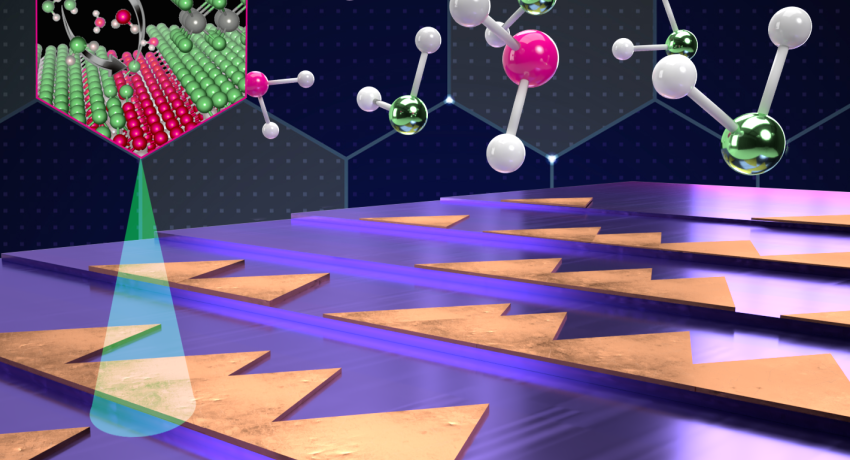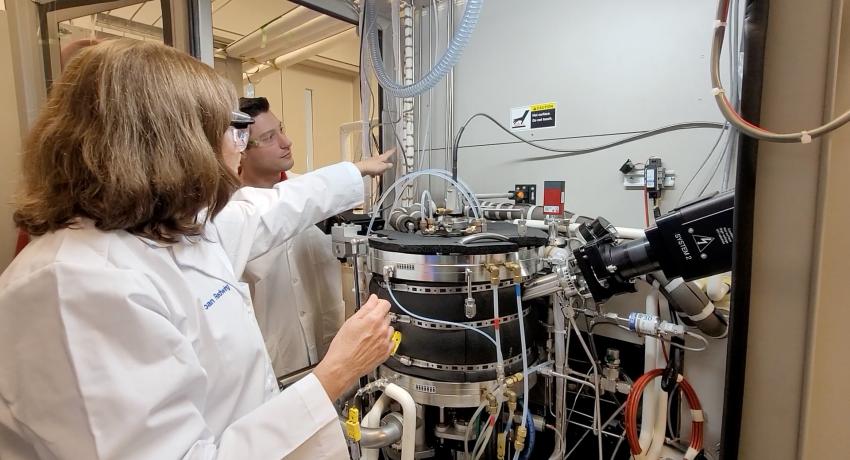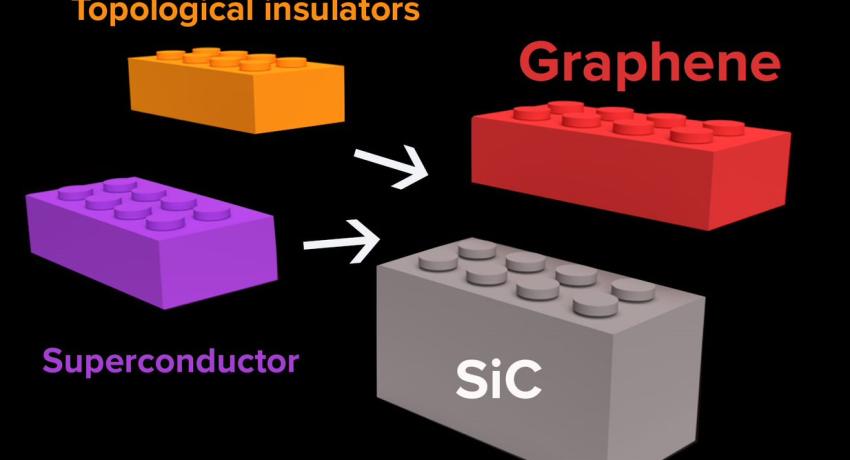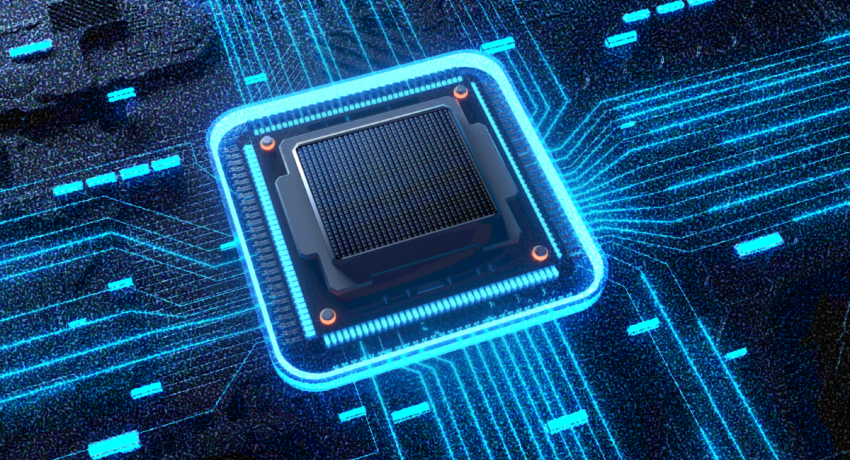Seng Huat Lee wins Rustum and Della Roy Innovation in Materials Research Award
Congratulations to Seng Huat (Sam) Lee who received the 2023 Rustum and Della Roy Innovation in Materials Research Award for Research Faculty. He received the award for his outstanding work on bulk growth and characterization of intrinsic magnetic topological insulators among other accomplishments.
Congratulations Sam!

